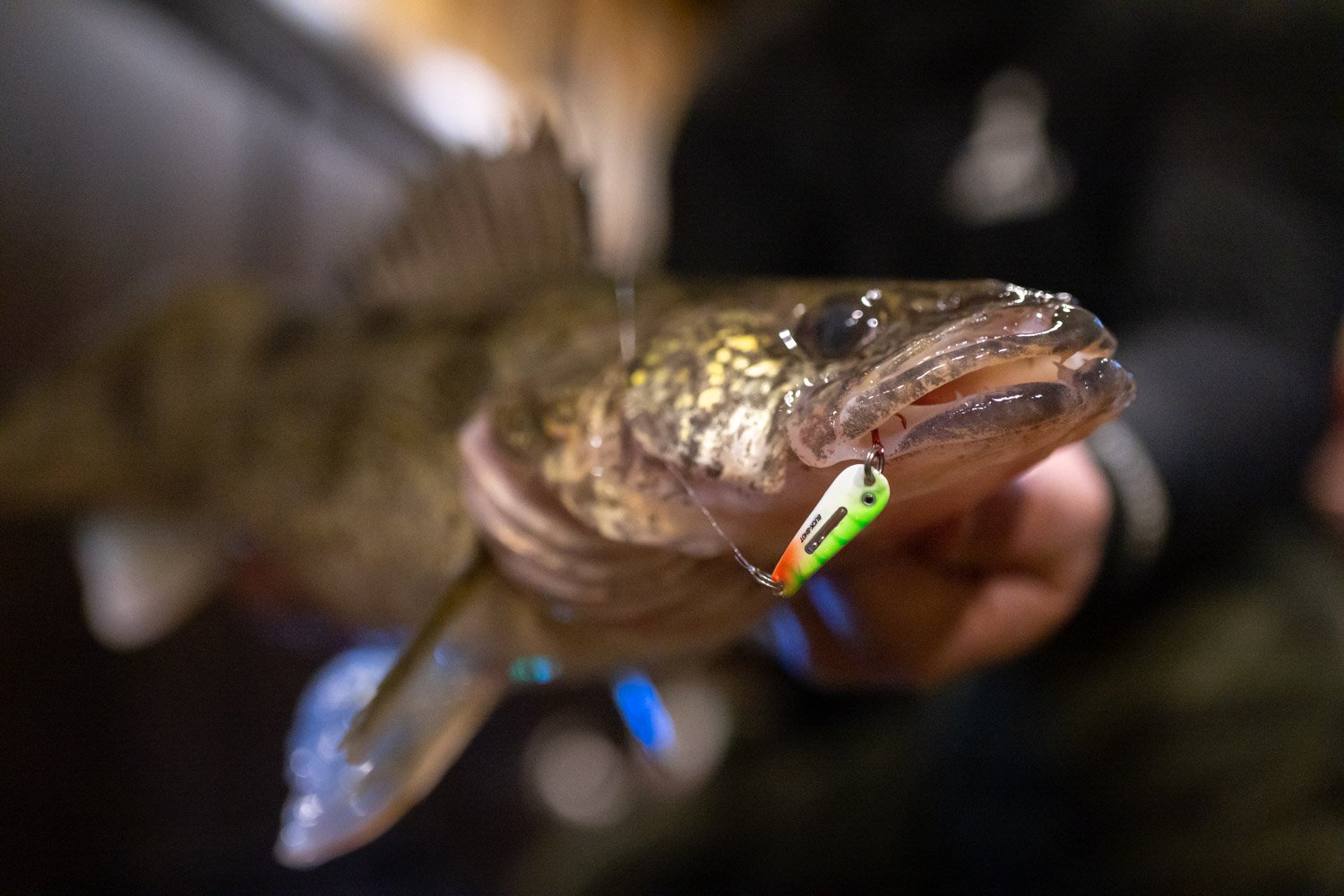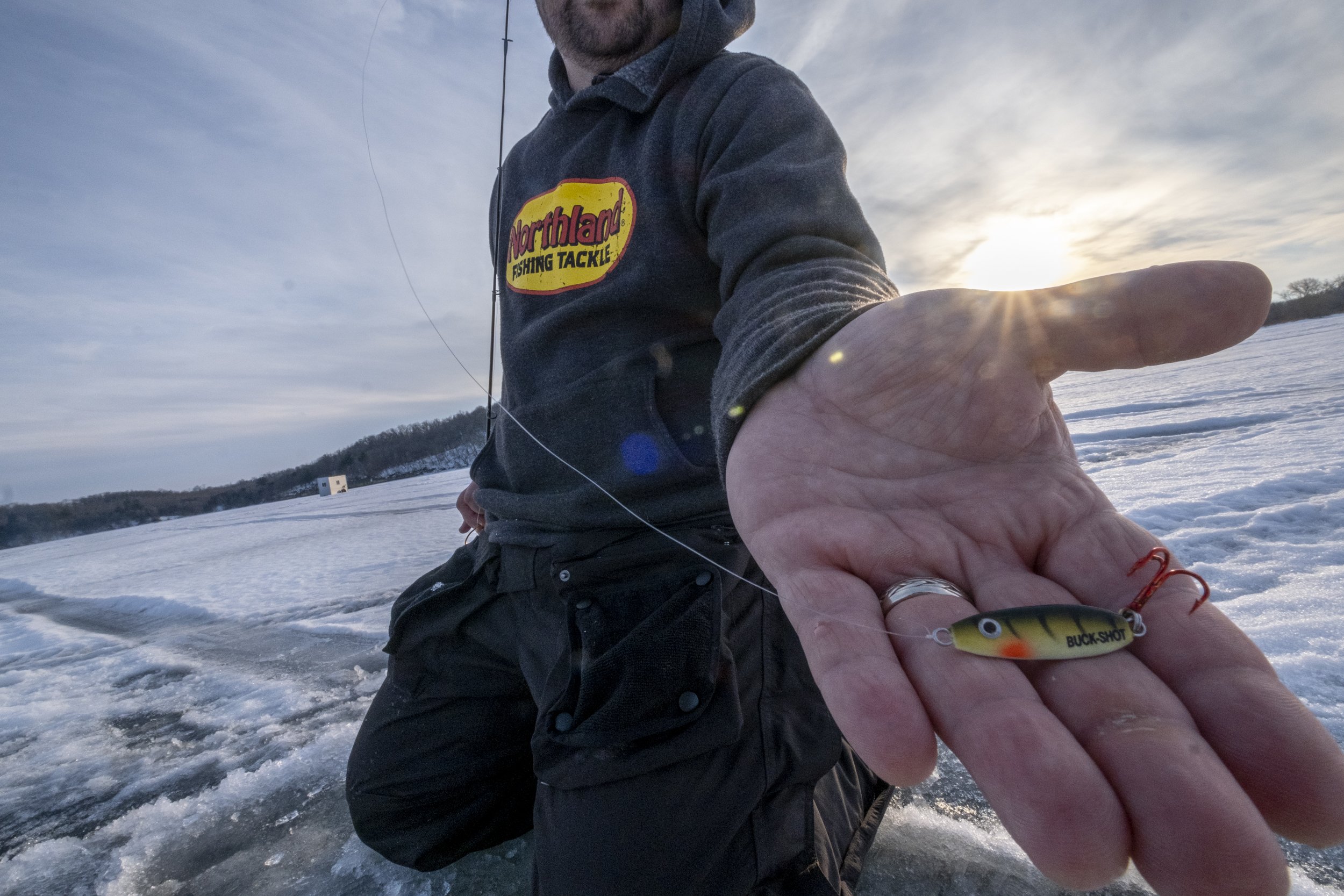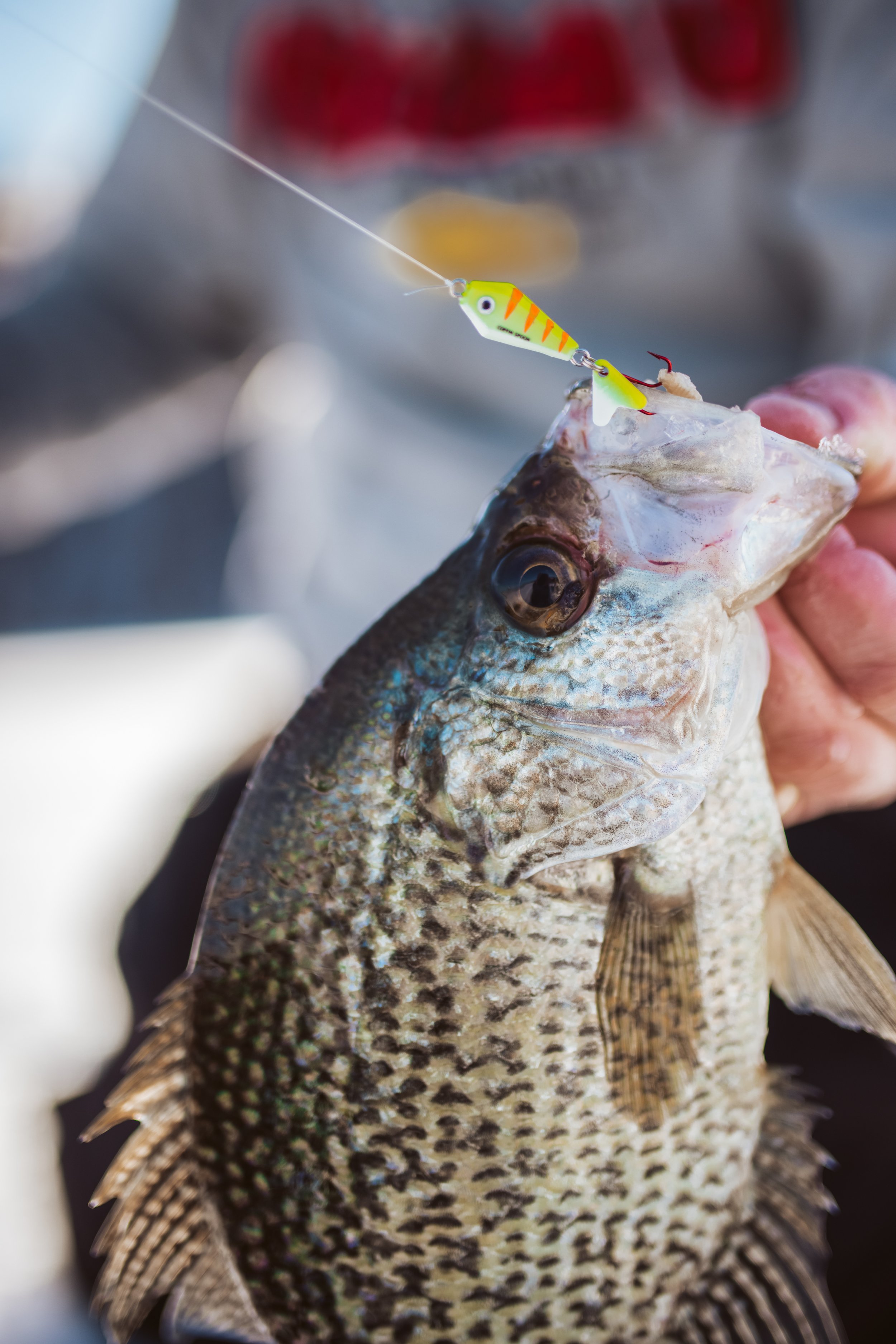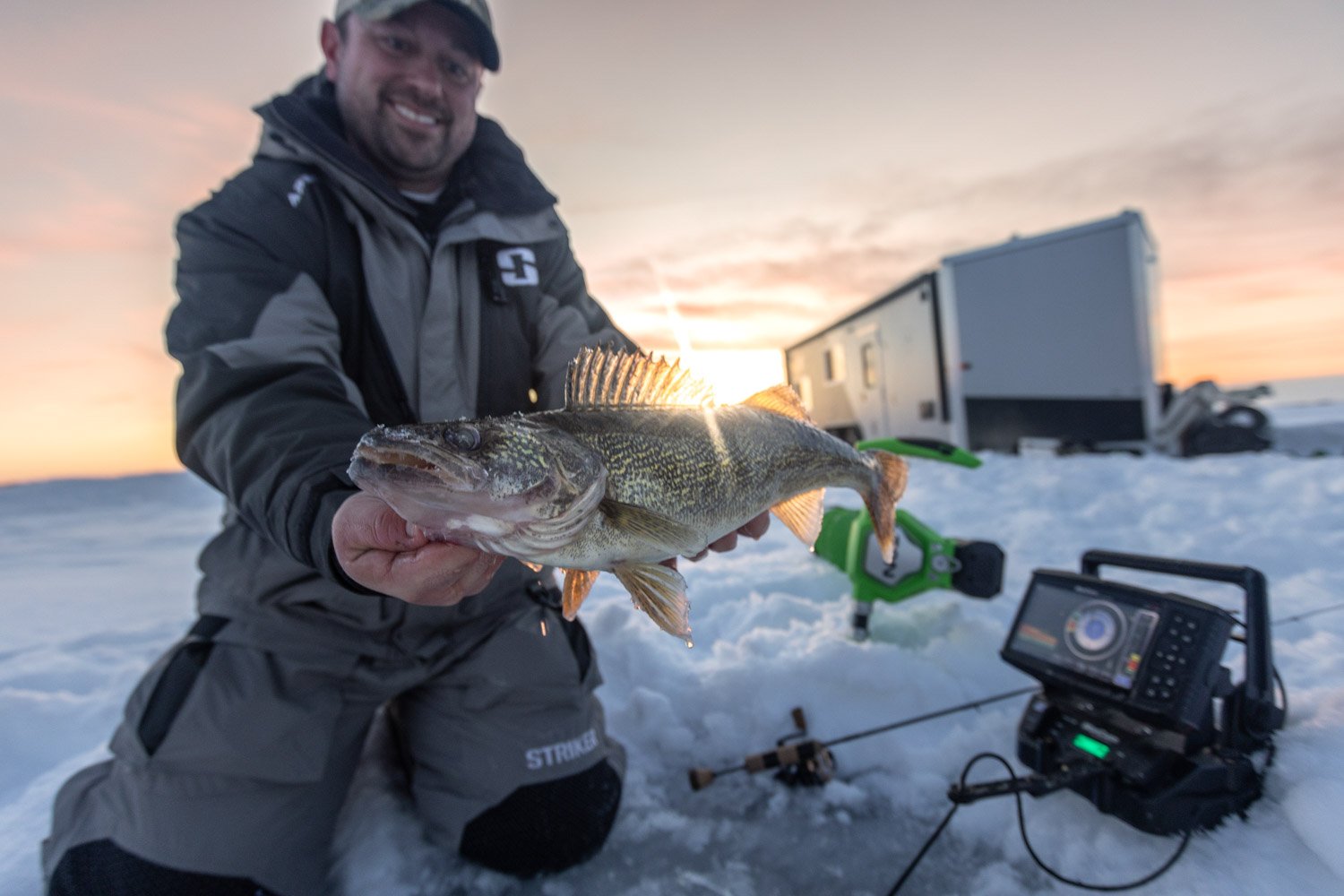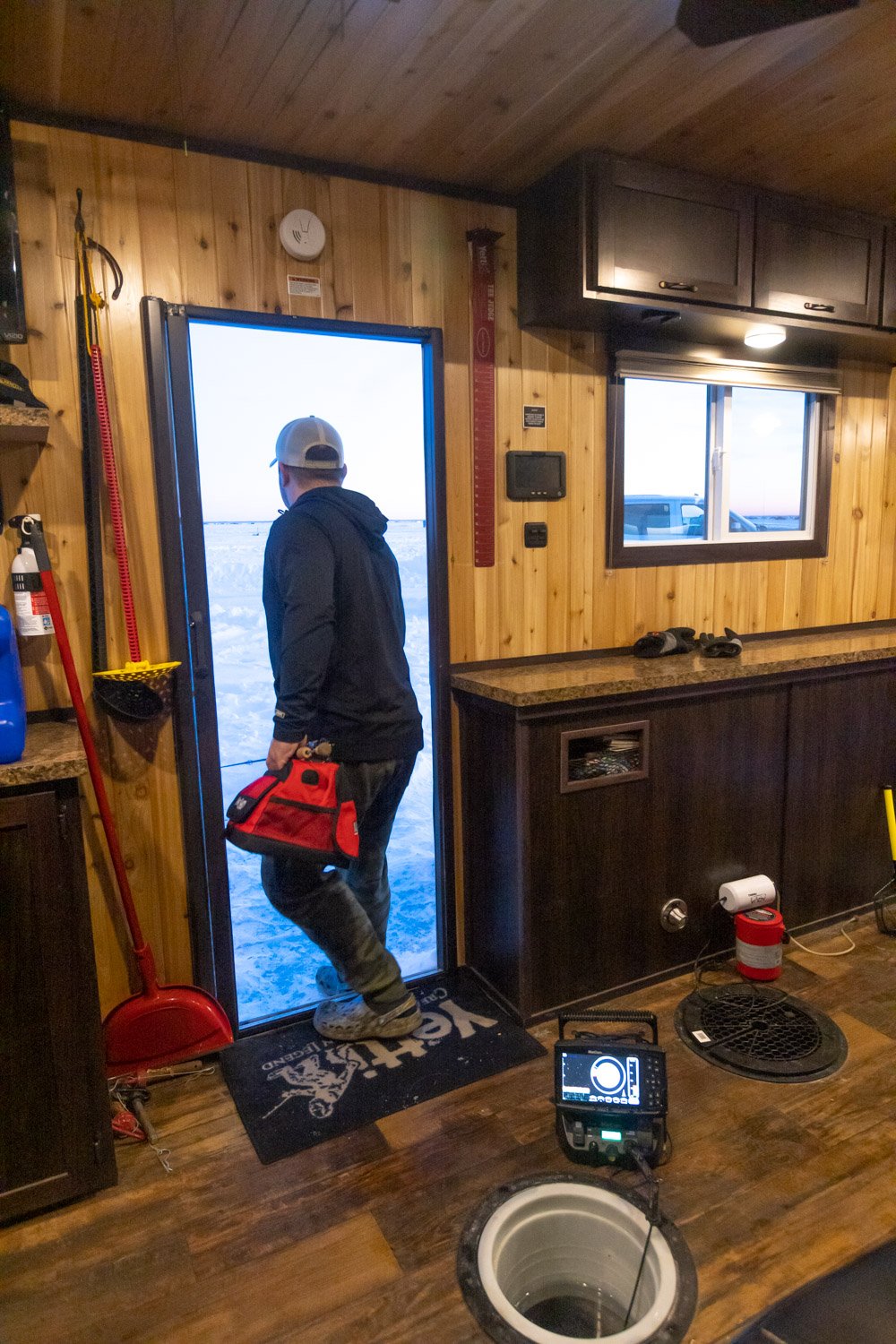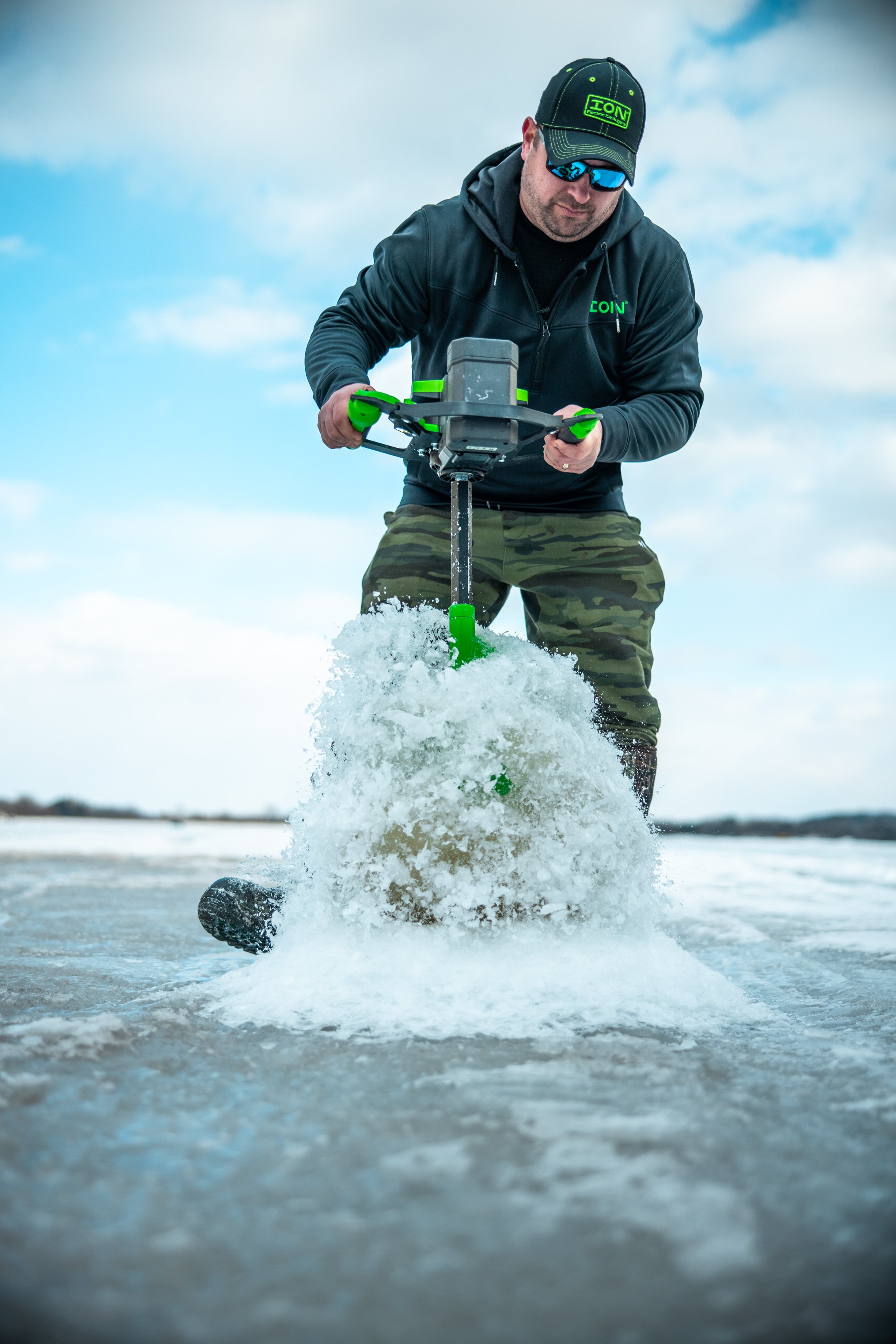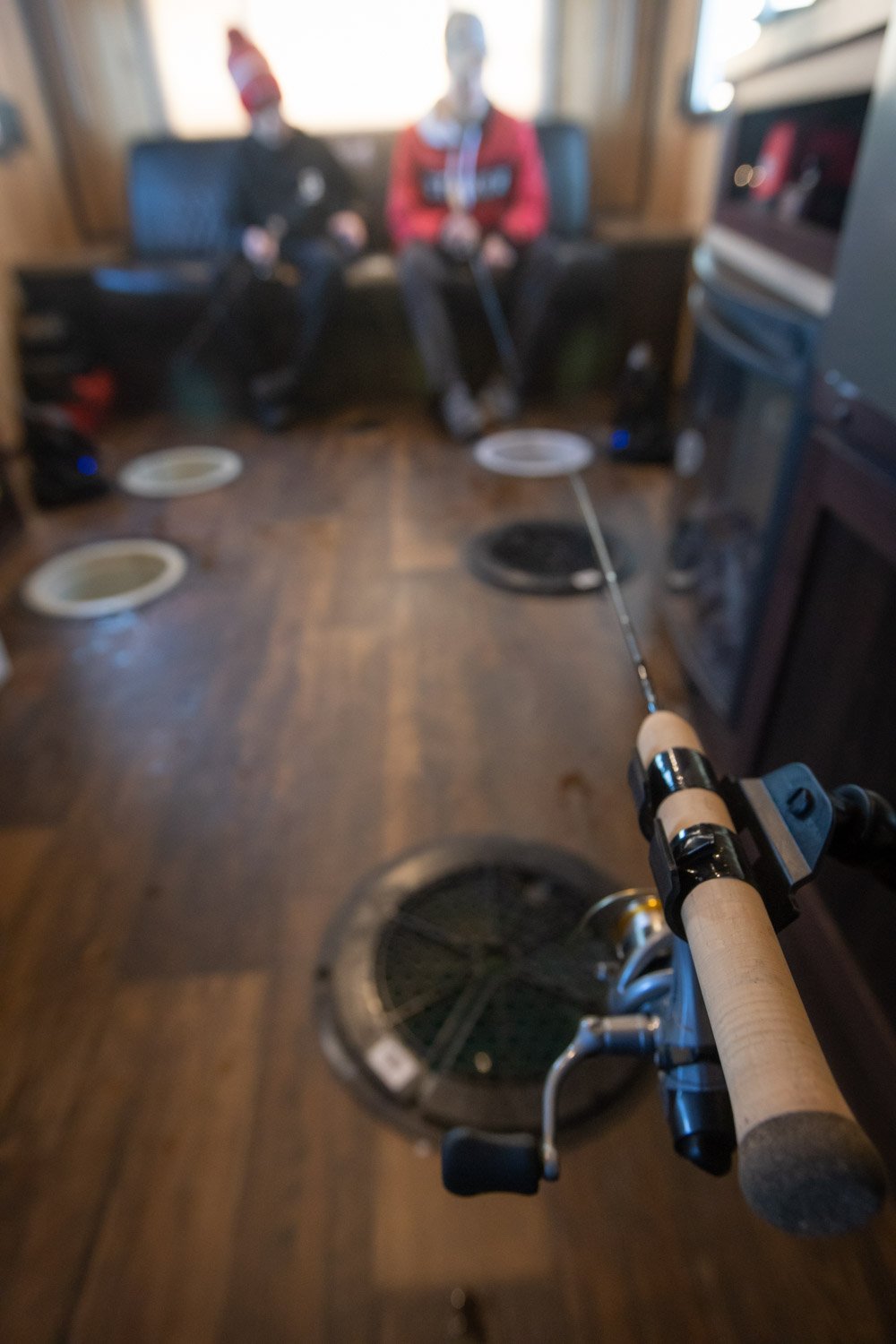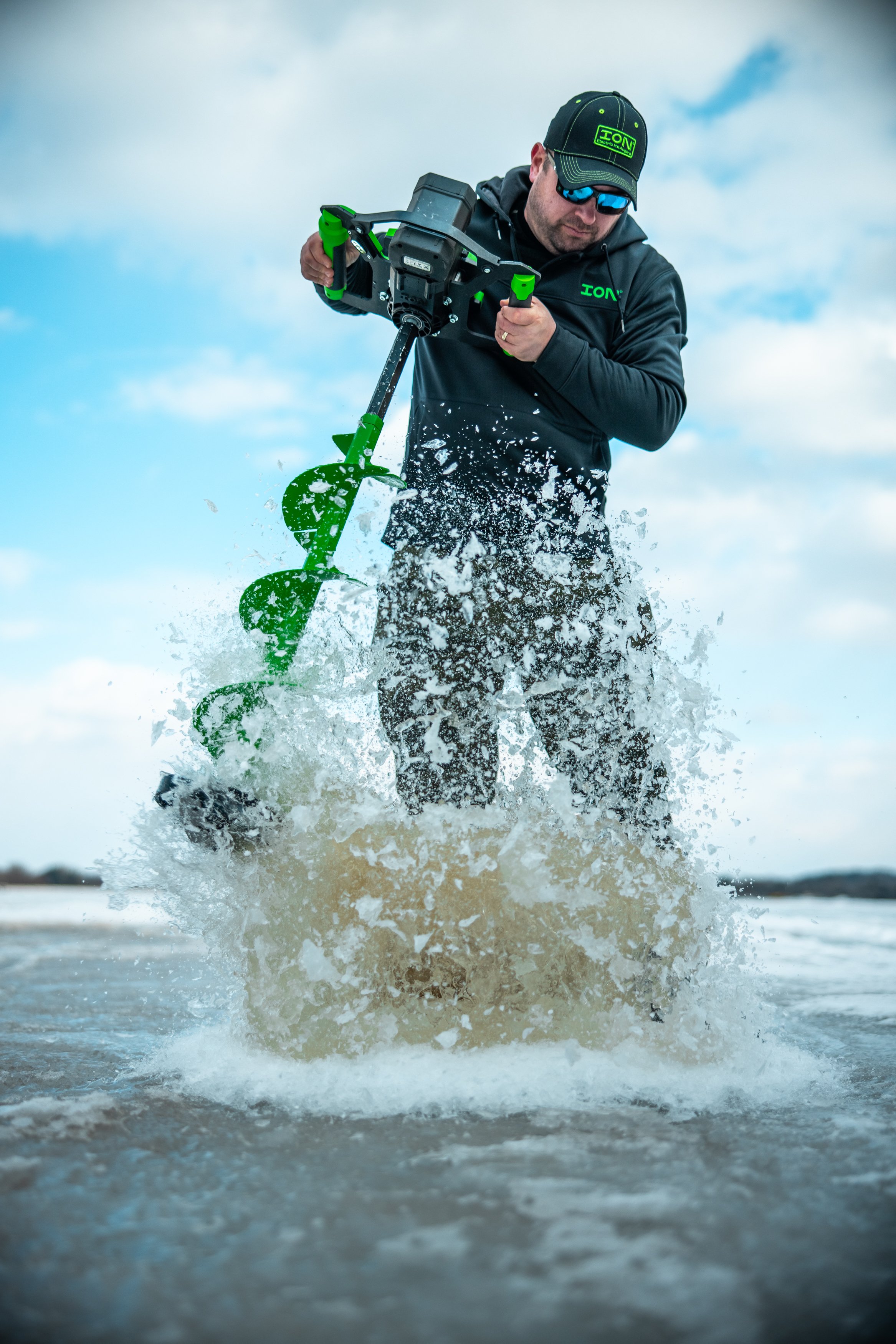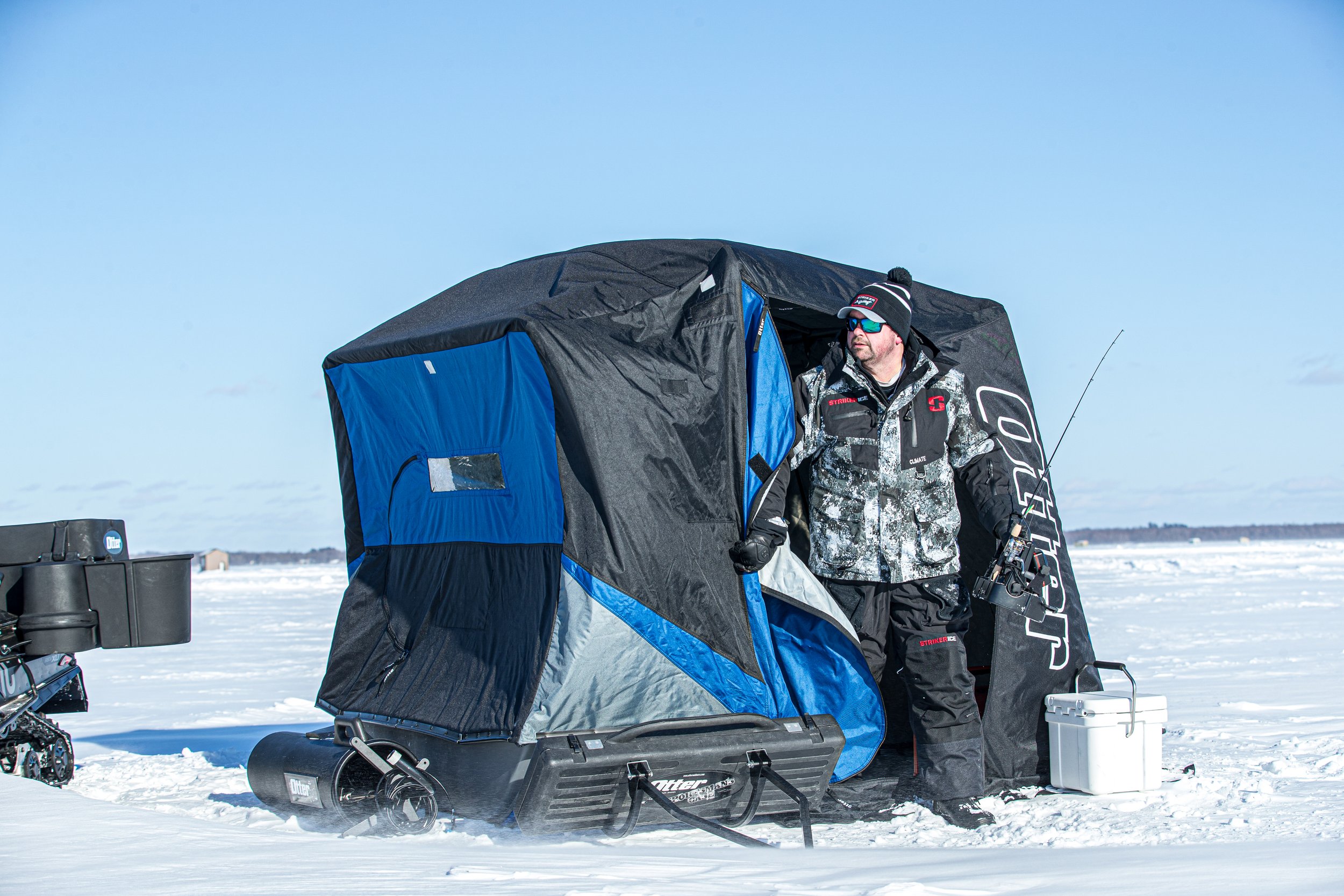There’s more than one way to skin a walleye, and it’s true that often a variety of presentations can work well, even equally well, on a given day. Usually however, there’s a better fish-trap for a certain water body, weather pattern, or depth range. Often too, certain species can select for a type of a lure or presentation based simply on their biology and what they like to eat. To make matters even more confusing, there are simply times of the year where one type of presentation will outperform the other based solely on metabolism and activity levels. Here’s a stab at sorting out what’s best and when.
Spoon Feeding Basics
Walleyes, perch, and even panfish love to eat jigging spoons that come in a multitude of shapes and sizes, yet for the most part, you can often separate them into two very basic classes: rattle or flash spoons. Yes, there are more types than this, but it’s safe to say that 80% of the spoon market fits into these two categories. That fact makes your job in selecting a winner just a bit easier, though there are a host of diverging classes inside each the rattle spoons and the flash ones.
Rattle spoons first, are a class that relies on that rattle to draw fish in from distance, but not all rattle spoons are created equal. Most are heavy, lead spoons that serve as much as a dumb waiter for bait delivery, as they do a rattling presentation that’s meant to attract from afar. These spoons are good for dropping into the lake bottom to create a “cloud” that may attract fish along with the noise they make underwater. Some rattles are made of metal, and now a new glass rattle option exists to really call fish from a long distance away underwater. Glass simply performs better in this scenario to really draw fish in, though there are times when a more subdued “tick” from the metal versions is better. Less can really be more in some situations, especially midwinter.
Flash spoons are a broader category yet, with the term “flash” being not only spoons that have a metallic or otherwise flashy appearance. Flash, in this instance, can mean any spoon that attracts visually, more than it does from an audible or felt vibration perspective. Some of them tumble, many dance and otherwise flutter seductively when dropped on a free line. They’re definitely a more subdued approach compared to the rattle spoons we all know and love, but can really be an upgrade in certain scenarios. Color can really play a huge role with this spoon type, given that they’re purely based on the visual, so it’s hard to cross this type of spoon off the list without trying a few standards from the fishing color wheel.
Rattle and Roll
For this angler, and so many others, it’s hard to imagine starting out with anything but a rattle bait of some kind. The advantages are numerous. Fishing vertically, and stationary, you do need to rely on drawing power to get fish from further distances to observe and eventually eat your offering. Rattle spoons so effectively do this, especially in murky water, that they’re the perfect starting bait. Speaking of bait, their appeal can be upgraded by tipping with a minnow head, plastic flicker tail, or both, creating yet another reason to use them first.
I’m of the opinion that it’s best to utilize rattles until the fish tell you not to, for a number of reasons. I mentioned the calling power of these baits, but also, it’s worth mentioning that the fish that are willing to respond to rattles, are often fish in a more positive mode for feeding from the start. I’d always rather drop an offering in front of an active fish than a neutral or negative one, and rattles have the power to attract those with an interest from the get-go.
Additionally, rattle spoons offer a more hybrid approach to noise than the louder lipless style rattle baits that have become popular for ice fishing. Truth be told, I’m a huge fan of those too, but realize that even fish which may be interested in these baits from afar, don’t always strike them when up close and personal. That’s where the rattling spoons shine however, as they tend to be a bit more snack-sized, and also subdued in comparison when it comes to their ability to fish “small.” Tiny wiggles and shakes can be imparted to these baits to fish them in a more finesse way than your average lipless crank, giving you the option to rip hard when attracting from distance, then slow down to tease fish into finally eating.
Flash On
Simple flash spoons have been tearing it up from the beginning of time, so for many anglers, it’s a case of “why fix what isn’t broke?” Especially in clear water, there’s a distinct advantage to fishing a flash spoon, which has the ability to be even more finesse than the tiniest of rattle spoons fished slowly. Usually this is because they’re of a thinner metal, rather than lead-based construction, but also because of the action imparted in the baits when free-dropped.
They’re the more boring, yet often effective, brethren to the rattle spoon in that they aren’t as multi-faceted in their approach. Again however, they’re deadly effective, especially when fished a bit higher in the water column. For clear water anglers, it’s important to note that fish at distance can see higher baits better, simply on account of the angle they’re looking at, along with the fact that they can more easily silhouette it against the light and/or bottom of the ice.
Fans of these kinds of spoons often report less fish marked on electronics, but tend to convert more of these marked fish into biters. That can make all the difference, though it can be frustrating, especially in shallow water where it can be hard to mark fish to begin with. Whether walleyes or perch, it’s addicting to see fish on the screen responding to your rattle bait, but when fish aren’t roaming far and wide to inspect baits, it’s often the simple approach of the flash spoons that can get it done. Again, less fish marked, more fish caught, I’ve seen it happen too many times to call it a fluke.
Parting Shots
In my mind, the decision is an easy one given enough anglers in a group working together. Let the fish decide. I’ll still typically start with a rattle spoon, even in clear water, though I’m more ready to change it out if fish are being caught via other presentations. The clearer the water also means however, that colors can make a big difference, as well as small details like swivels, line thickness, and the way you work a bait. Those confounding variables can make it hard to sort through the mess, given a certain angler with a certain setup fishing a certain jigging cadence can catch all the fish regardless of which spoon is being used.
That said, all else being equal, make sure you’ve got someone in the group leaning hard in each direction, and dedicated to the bit. Make them fish through the first few pickups and bites, even if they’re not the ones getting them. As a general rule, panfish tend to prefer flash spoons in many scenarios, but rattle spoons can be effective when fish are aggressive. There are also a handful of rattle spoons that allow crappie anglers especially to cover deeper water, more easily, simply on account of the weight of the spoon. It’s a big topic, and breaking it down is a day-by-day procedure, but the rattle vs. flash divergence is a good place to start sorting through the wills and wants of a fish’s preference for any given trip.

